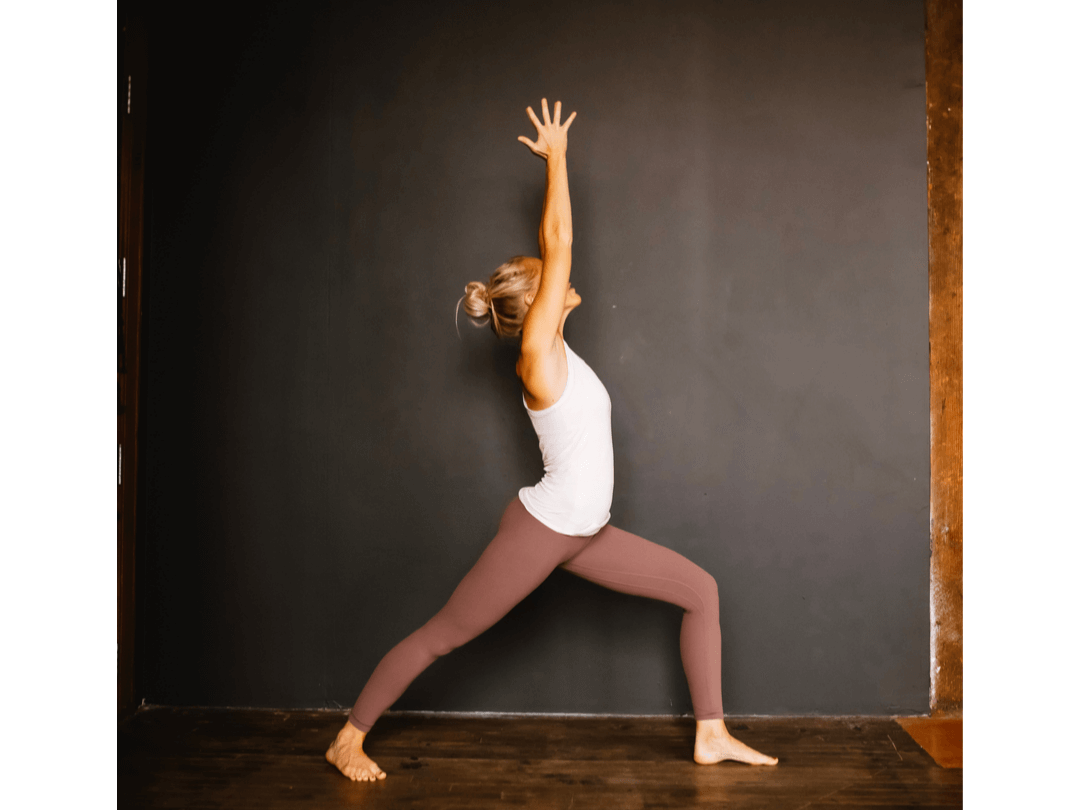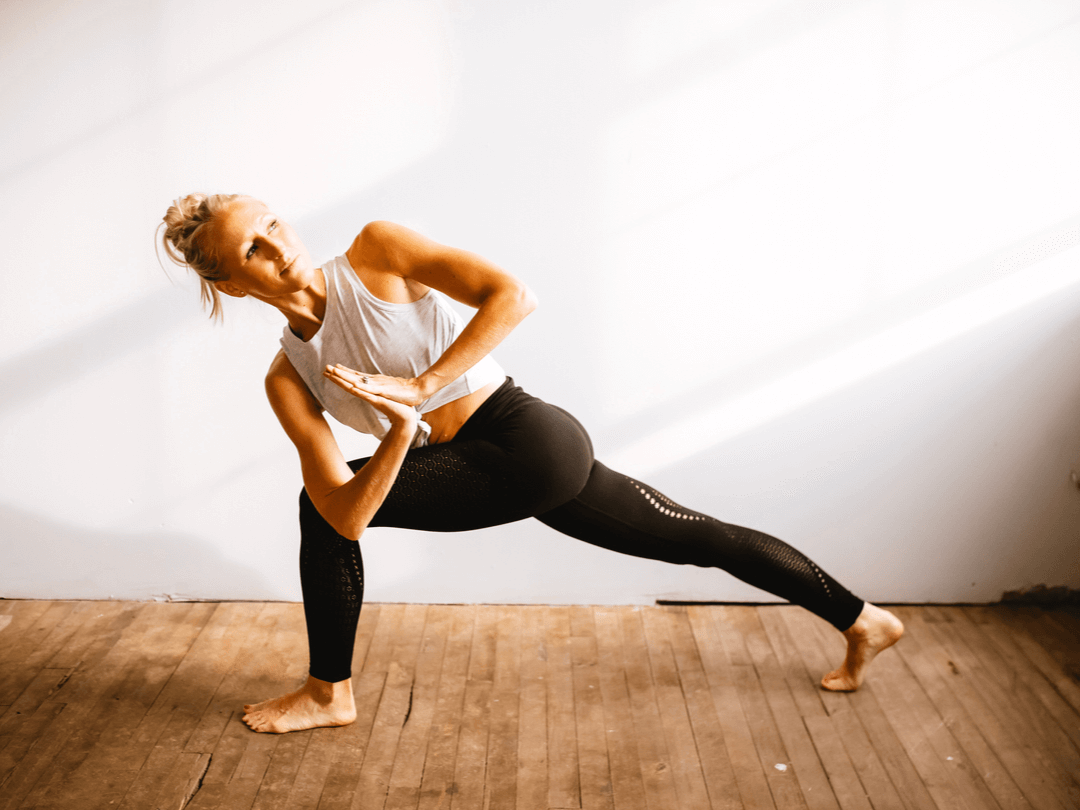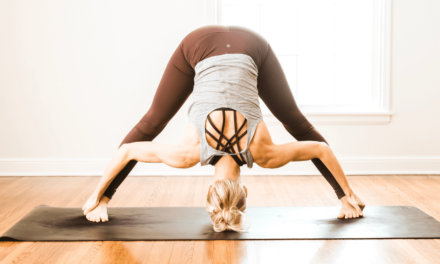One of life’s bigger questions is, “what is the key to happiness?”
We all know that true happiness needs to start with ourselves, and not come from others.
So, start by reading this article off on the right foot, what do you do that brings yourself joy?
Maybe it’s a hobby, visiting a certain place, or a specific yoga pose.
Got it in your head? Why does it make you happy?
Something about that thing or person makes you feel something inside. It has resonated with you on some level that releases endorphins to give you that feeling of light-hearted happiness.
Ah, it’s amazing isn’t it? Hold that feeling and keep reading.
Now, what about the people, places, or things that make you use words like, $&#%? Yep, we may be yogis, but we’re also human. What actions do you do yourself that may stir up frustrating and angry thoughts?
Let’s repeat, if we want to be truly happy, it needs to come from ourselves. And that means acting with a moral code of love toward the things or people that may make us, well upset.
This is the practice of Ahimsa, or non-violence. And it guides everything to living a happy life. I’m not going to say it’s easy (hey, that’s why we call it a yoga practice), but we have to start somewhere, and that place is Ahimsa.

The Power of Ahimsa
Ahimsa is the first of five Yama’s, in Patanjali’s Yoga Sutra’s 8-limbed path. I highly encourage you to dive into all of the Yama’s to gain a full understanding of the power of these moral guidelines to how we interact with others to live a happy and fulfilled life.
And friend, it begins with Ahimsa. It’s the leader of them all if you will.
Ahimsa – pratishayam tat-sannidhau vaira-tyagah (2:35)
All acts of violence stop, including violent thoughts, words, and actions, in a person when they have fully embodied non-violence.
Let me underscore that practicing Ahimsa is not just refraining from causing physical harm to someone else. We’ve all been hurt by words from others, and we can hurt ourselves by the thoughts we feed to our heads. Ahimsa is all of these acts, physical, verbal, and mental.
But rather than focusing on what not to do, let the idea of what we should do fill your mind. Let’s turn the idea of non-violence into acts of love.
I feel so strongly about this that I actually got the word “love” tattooed on my arm. It serves as a daily reminder to myself to think, speak, and act from this place of gratitude and love.
As I said, it’s not always easy. And I need that daily reminder. But think of what our modern-day society would be like if we all acted from a place of love? Think of how we would treat others and ourselves?
“You may say that I’m a dreamer, but I’m not the only one.” – John Lennon
Life happens and we need to learn to notice when we’re not coming from a place of love and then course correct. And a great place to start taking notice is on your yoga mat.
Some argue that the Yama’s are only the acts toward others, but I find value in honoring how we act toward ourselves just as much to find the happiness that starts with ourselves.

6 Ways to Practice Ahimsa To Live A Happier Life
1. Find the lesson in your personal challenges
Let’s start with the yoga posture you loathe. The posture that when the teacher cues it, you think, “thanks, but no thanks.”
Here are my two postures, Warrior I (Virabhadrasana I) and Boat Pose (Navasana). I resist them because my body resists them. I struggle to find the depth that I want and then my mind begins to think that I am lacking the physical strength to do these postures.
But really, does anyone care that my front leg doesn’t lunge as deeply as I want it? No. In fact, anatomy plays a big part in this for many postures for a lot of people. Simply put, these thoughts are all in my head.
And they’re in yours too.
If we’re feeding false thoughts to our head, where else are we doing this? On our mat and off. Body-shaming, negative self-talk, and judgment are all acts of violent thoughts, to ourselves and to others. The vicious cycle of what negative thoughts can lead to harmful acts of poor nutrition, depression, or lack of self-love.
It all needs to start with your thoughts.
The next time you’re in your “least favorite pose,” ask yourself why do you feel this way? Can you find the lesson that the posture is trying to teach you? Maybe it’s to have patience with yourself or to accept that the body is already capable of doing so much. Honor where you are and think and breathe love, rather than criticism. You’ll find so much more peace in these postures and in your thoughts and actions toward yourself at home.
2. Say good-bye to expectations and comparisons
Do you ever look around the yoga room and compare your posture to others? We’ve all done it, don’t worry. Naturally, we tend to cultivate these thoughts of what a posture should look like when we see others, versus what it should feel like based on our visual cues around us.
Or how about cast judgment or compare your life to another’s when you see it publicly displayed on the internet?
Comparison comes from thinking either yourself or another is lacking. And that is a harmful thought. Consider how we all have different bodies, we have a different point of views, and different backgrounds. Why would our yoga practice be any different? And why would our lives be the same as another?
Let go of the expectation that you need to look a certain way, pushing yourself to look like someone, or live like someone else will only have mental harm and physical pain. Instead, admire your differences and be happy for what they have accomplished. We all have our own strengths and that’s what makes our world that much more colorful.
3. Respect your “Edge”
Your edge is the place where comfort meets discomfort. It’s a place of growth and discovery of what we can accomplish on our yoga mat. But when we’ve gone beyond our edge, or pushed through a posture to hit a certain expectation we place on ourselves, that is when physical pain and injury happens.
Your breath is the sharpest tool in your toolbox. Use it. When it becomes short and shallow, pause and take a step back. It’s not worth the risk of injury and the path back to recovery. It’s a life practice, not a one yoga class practice.
Taking note of when you’ve hit your edge at work, in a relationship, or a lifestyle habit is just the same. Where do you push yourself too far off your mat? Be honest now with yourself and ask, is it really worth it?
When your breath becomes challenged no matter where you are, are you serving yourself, and in turn serving others? Let me tell you, no, you’re not. Just like our physical practice, nothing is worth causing ourselves harm, both mentally and physically. Take care of yourself.

4. Hug Your Neighbor
Can we all agree that physical harm is frowned upon? If you ever have the urge to physically harm someone, you’ve gone past your edge. Pause, breathe and find another way.
5. Strengthen the use of your words
Can we also agree that harmful words are just as much frowned upon? So, let’s have all the petty comments fall to the side and let’s focus on words that may unknowingly be hurtful.
As a yoga teacher, I shudder when I hear another teacher tell the class “what I should be feeling.” What if I’m not? Am I doing the posture wrong?
The thing is, he/she has good intentions to help guide you into the posture correctly, but it may come off as hurtful to some if they are not on the same page. Perhaps that is what your teacher feels in the posture, and they are teaching from their own experience. But it’s critical to note that generalized comments can pigeon-hole people in a way that is not truthful, even though that was not the purpose behind the comment.
Opinions fall into this category as well. Words can have a lasting impression on people and there are times when we don’t even know we are casting our own opinions and judgments that may affect a fellow yogi or friend.
If you happen to disagree, that is ok! Practicing Ahimsa is not allowing yourself to get beat up by someone else’s opinion or comment. You also need to protect yourself from harm rather than allowing someone else’s words to attack you. Speak your truth, but I ask you to consider their point-of-view, or their “why” behind what they said.
An open mind to understanding someone else’s point of view will save you the stress, agony, and potentially a conversation with harmful words. Change your way of thinking when these situations arise to that of openness. And agree to disagree when you need to.
6. Know the impact of your food
Traditionally speaking, Patanjali states that Ahimsa is not causing harm to any living thing, animals included. This is why many yogis adopt a vegetarian or vegan diet. I will let you decide what is best for you on this topic. Studies are filled with physical and mental health benefits from a plant-based diet. But here is a consideration I ask for you to look at, would you be causing harm to yourself by not eating meat or other animal products? Remember, this is all about creating the happiness that starts with you.
If you do consume animal products, challenge yourself to do so responsibly. Can you source your food from free-range farms? Or perhaps go meatless a few days a week. You’ll feel better about your food when you know you’re eating the “right” food.
A fact, factory farming methods have been proven to be harmful to our Mother Earth through greenhouse gas emissions. So, for our future health, and healthy is happy, there is work to be done with how we can eat responsibly. No matter what side of the diet debate you are on.

Can you do this? Can you shift your thoughts to create a happier and healthy lifestyle?
1. Find the lesson in your challenges. What is your body trying to teach you? Give it gratitude vs shame, and watch everything change with your relationship with yourself.
2. Let go of expectations and comparisons. You do you, and let others do them. Why would we want to be the same?
3. Respect and discover your edge, but know your limits. Physical harm to yourself will only cause more pain in the long run.
4. Hug your neighbor. Enough said.
5. Strengthen your words, and speak intentionally. You may not know that you are causing harm to someone else, consider the other side of the story.
6. Eat responsibly. Whether you consume animal products or not, know the impact you make with your choices.
“Who will be the happiest person? The one who brings happiness to others.” -Swami Satchidananda
Come back to what you do for you that makes you happy. Do more of that and build upon it by bringing mindfulness to your thoughts, words, and actions.
But like we covered, life happens and we don’t have control over what others may do. But we do have control over ourselves. The power of Ahimsa is the leader for our path to happiness.
And it starts with acts of love to yourself and others.





